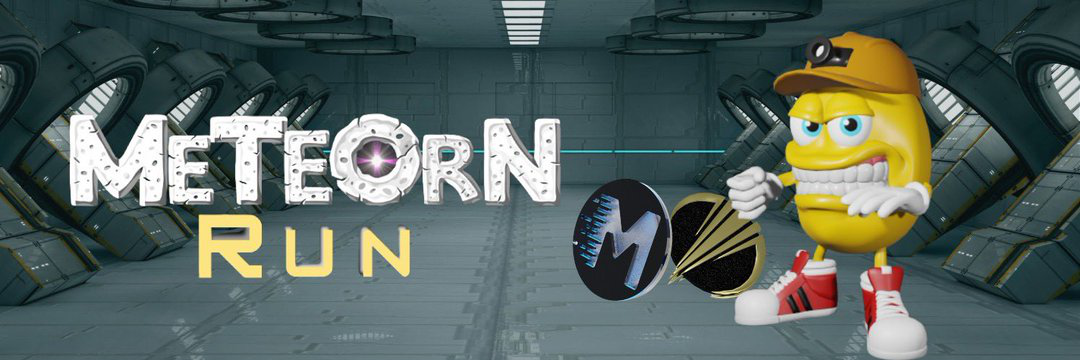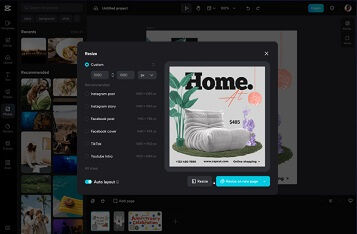6 ways to improve your hiring process with AI

No one likes paperwork. And as important as talent acquisition is for any organization, it involves scanning resumes, posting job descriptions, onboarding new employees, and much more. None of these tasks are tedious and, in fact, often require human-level discernment. But now many components of these tasks can be automated or augmented through AI, allowing hiring managers to focus on delivering smarter, higher-level engagement with candidates. Organizations that learn how to leverage the latest AI tools can free up their employees’ time to infuse more “humanity” into their human resources operations.
The general goal of the talent selection process is simple: The idea is to target the most qualified candidates and persuade them to apply for open positions and award contracts at the most advantageous price for the organization. However, there are many ways in which this seemingly simple process can fail. For example, a poorly written job description can result in either insufficient applications or too many applications from applicants who don’t have the right skills, both of which result in wasted effort and time. Using AI tools to optimize processes can help recruiting teams find the right candidates, an essential function in an increasingly competitive job market.
Here are a few ways AI is improving the hiring process across the workflow, from identifying hiring needs to attracting, wooing, onboarding, and retaining top talent.
Predictive Analytics
Before new job listings are created or vacancies are confirmed, AI algorithms can help analyze a variety of data sources, such as past hiring trends, employee turnover rates, business growth projections, and workforce demographics. AI processes this data to identify patterns and correlations and provide insights into future hiring needs based on past trends and organizational goals. AI can help predict demand trends for specific competencies and help recruiting teams develop hiring strategies that plan for skills gaps that may not yet be an issue. AI can also analyze external data, collect job postings and public salary information, then model different scenarios and help employers make hiring decisions about whether to fill positions internally or fill gaps with job postings. You can generate reports. Spring for contractor relationships or new hires. These tools can also help organizations develop hiring plans to achieve diversity, equity, and inclusion (DEI) goals and identify areas where hiring policies and trends can be aligned with the organization’s broader DEI strategy.
job posting
Once a comprehensive recruitment strategy is developed, AI can contribute to the creation of job descriptions. Generative AI tools can quickly develop explanations based on short prompts. Then, when these are posted on job boards, AI can perform A/B testing on different versions of the job description to assess their effectiveness in attracting candidates. By analyzing metrics such as click-through rates, job application conversion rates, and creation times, AI helps organizations identify their most successful iterations and improve their approach accordingly. Employment-based social media companies like LinkedIn are using AI to help organizations A/B test ads on their platforms.
AI helps create more comprehensive and broadly appealing job descriptions. Language bias and unintentional exclusions can prevent diverse candidates from applying. Armed with insights derived from vast amounts of data, AI algorithms can create job descriptions that are not only gender-neutral and culturally sensitive, but also optimized to attract a wider pool of candidates. By encouraging inclusivity, organizations can tap into a more diverse talent pool, bringing new perspectives and skills that contribute to a vibrant and innovative company culture.
Resume Screening
Reviewing resumes is probably the first thing that many HR professionals think of when they think of repetitive tasks they would like to automate. And fortunately, AI-based screening technologies are getting smarter, making it less likely that you’ll accidentally screen out great talent.
Using traditional methods, recruiters would have to process numerous resumes and cover letters, sometimes thousands, for a single role. How can we expect HR professionals to be able to pull the needle out of the haystack in a timely manner? AI, on the other hand, can quickly analyze massive amounts of resumes to extract relevant information and highlight the best candidates with the best qualifications for job specifications. This ensures a more objective and consistent screening process, reducing the risk of overlooking qualified candidates. AI tools can provide hiring managers with lists of candidates so they can spend less time sifting through piles of resumes and more time improving the candidate experience and providing value to the organization.
initial interview
AI recruiting software can also be useful in scheduling interviews at this stage by coordinating the available time between candidates and recruiters. This reduces the administrative burden on recruiters and streamlines the interview process.
Some jobs require multiple interviews. Conducting interviews can be quite expensive, especially if senior managers are involved. The point of initial interview questions is to provide the candidate and the organization with some basic information about each other. This “first impression” does not necessarily involve a human agent on the part of the organization. Chatbots can engage candidates in conversations to gather basic information about their preferences, availability, and role eligibility. This can act as an additional filter on top of the resume screening stage. Meanwhile, chatbots can answer frequently asked questions (FAQs) and distribute articles about your organization to potential candidates.
This exchange of information makes follow-up interviews more useful for both parties and helps save time for both parties if the candidate lacks essential skills that the resume screening did not identify for any reason. On the other hand, chatbot-led interviews can also inform interviewees that the position is not what they thought, eliminating the need for a follow-up interview.
Chatbots can also administer quizzes or skills assessments to assess a candidate’s knowledge, skills, or problem-solving abilities. Using the latest in natural language processing (NLP) capabilities, virtual assistants can provide open-ended answers in plain language and help determine whether those answers predict whether an employee will be a good “culture fit.” At this stage, if a candidate does not meet certain performance criteria, the organization can hire a more suitable candidate without hiring HR staff. AI can also help job seekers more seamlessly provide information for background checks.
contract negotiation
After selecting candidates and creating job offers, organizations can use AI in the negotiation process. AI is becoming increasingly adept at parsing information in proposals and contracts to ensure compliance with applicable laws, regulations, and industry standards. By flagging potential legal issues or inconsistencies, AI ensures contracts comply with legal requirements, reducing the risk of disputes or litigation. By evaluating factors such as termination clauses, non-compete agreements, and intellectual property rights, AI helps negotiators assess the potential impact of contract terms and negotiate accordingly.
AI can analyze provisions within employment contracts and compare them to industry benchmarks or standard templates. By identifying deviations or unusual clauses, AI helps negotiators understand the meaning of each clause and negotiate more effectively.
AI can provide organizations with recommendations on negotiation strategies based on historical data, industry norms, and the specific context of the negotiation. By analyzing past negotiation outcomes and success factors, AI helps negotiators develop informed strategies to achieve their goals.
AI can automate the revision and drafting of contract modifications or amendments based on negotiator input. New title? are you okay. NLP technology enables fast updates without the need for manual editing. By generating proposed changes and alternatives, AI streamlines the negotiation process and accelerates the exchange of contract drafts between parties.
Onboarding and Retention
The onboarding process is a fantastic arena for AI to prove its usefulness: providing new hires with relevant information, answering their queries, guiding them through the initial stages, and ensuring a smooth transition for new hires. An AI-powered chatbot or virtual assistant can provide immediate assistance to new employees by answering frequently asked questions about company policies, benefits, IT setup, and other onboarding-related questions. This reduces the burden on HR staff and allows new hires to find information quickly and independently.
AI systems can automate the creation and processing of onboarding documents. AI simplifies administrative tasks, freeing HR staff to focus on the high-touch aspects of the onboarding process while ensuring compliance with regulatory requirements.
As an extension of the overall employee experience, AI can also help keep employees satisfied throughout their time with an organization. AI can contribute to ongoing professional development by recommending relevant training and development opportunities to employees based on their performance, skills and career goals. By providing customized training programs and career paths tailored to individual goals, AI makes employees feel valued and invested in their professional growth, making them more likely to stay with the company.
Algorithms can analyze employee workload, productivity levels, and stress indicators to identify individuals at risk of burnout. By recommending workload adjustments, time management strategies, or wellness initiatives, AI helps prevent burnout and promote work-life balance to increase retention. AI algorithms can analyze employee profiles, skills, and interests to match new team members with peers and mentors. AI accelerates the integration process and promotes knowledge sharing within the organization by connecting new employees with experienced colleagues who can provide guidance and support.
Introducing automation into your hiring process
Are you looking for ways to develop a more effective recruiting process? If AI is not included, you may miss something in your search results. IBM watsonx Orchestrate manages and simplifies HR’s multi-application workflow by automating repetitive HR tasks through a conversational interface. It includes powerful recruiting automation features. Built to automate repetitive tasks in the recruiting process, watsonx Orchestrate integrates with the best tools you already use every day, saving you time and effort throughout your recruiting workflow.
Reduce your team’s workload with Orchestrate. Learn more about recruiting automation.
Was this article helpful?
yesno



